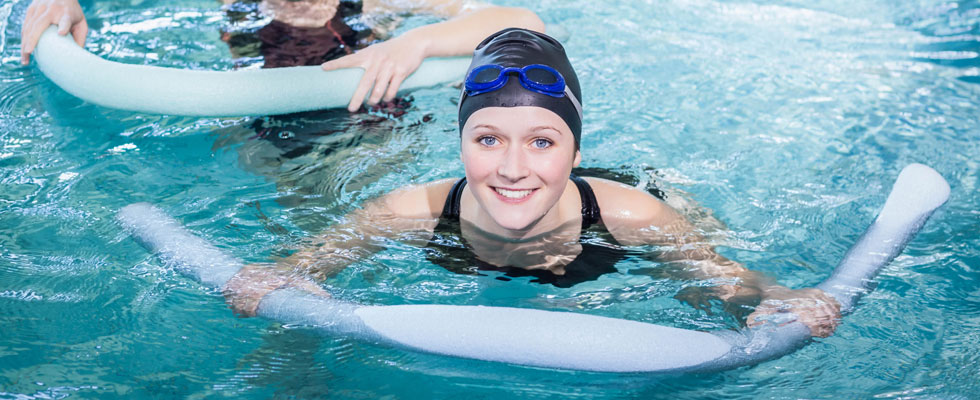There is good evidence that exercise can help slow and even reverse the loss of function caused by FSHD. Exercise is also essential for your overall fitness and health. While exercise probably does not reverse the disease process itself, it helps strengthen muscles that are still healthy. A physical or occupational therapist can guide you in figuring out targeted exercises, stretches, etc. to support the healthy muscles and develop ways of moving and carrying out daily functions that avoid causing muscle strain and pain. There is no one-size-fits-all solution, however. It takes research, persistence, and creativity to find a regimen that works for you and your body.
Resources
- Physical Therapy and Exercise for FSHD (pdf) was written by leading experts to help you and your physical therapist work as a team.
- Feeling Fit with FSHD Zooms meet twice a month on the 2nd and 4th Thursdays at noon. Register to get the link.
- Frank Hanley's Tai Chi resource page.
Scroll down to browse our videos and articles on Physical Therapy and Exercise.

Physical therapy and exercise blog posts
Nerve mobility and pain
Our May Feeling Fit Zoom group featured Arielle Levy, a physical therapist from Re+Active Physical Therapy founded by Julie Hershberg (a legend in the FSHD community). Following the introductory information… Read More »
Understanding your FSHD
To be able to take charge, you need to listen to your body by Lonwabo Nene, South Africa “I don’t know, but my right arm feels loose. In fact, my… Read More »
Shaking Qigong to relax your body
Here’s something to help you relax after the stress of the holidays. Our December 2023 meeting of the Feeling Fit group featured Qigong instruction by member Trish Kean. You… Read More »
Feeling Fit: Exercising your hands and arms
Textbook descriptions of FSH muscular dystrophy focus on weakness in biceps and shoulder blades, but many individuals also experience weakness that affects their hands, wrists, and forearms. In our March… Read More »
How postural changes lead to pain
“I’m focused on getting posture right and core as active as possible.” – Ulrike Uta At this month’s Feeling Fit with FSHD sessions, physiotherapist Ulrike Uta, MSc, MCSP, of the… Read More »
Feeling Fit with Lonwabo Nene
Disclaimer: Information provided by the FSHD Society does not imply an endorsement of any of the drugs, procedures, treatments, or products discussed. Please consult your own healthcare provider about any… Read More »




